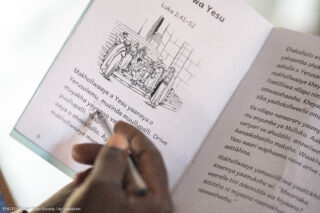
Download Book 1a The Parables of Jesus
Learn to read the Bible model text Book 1a The Parables of Jesus
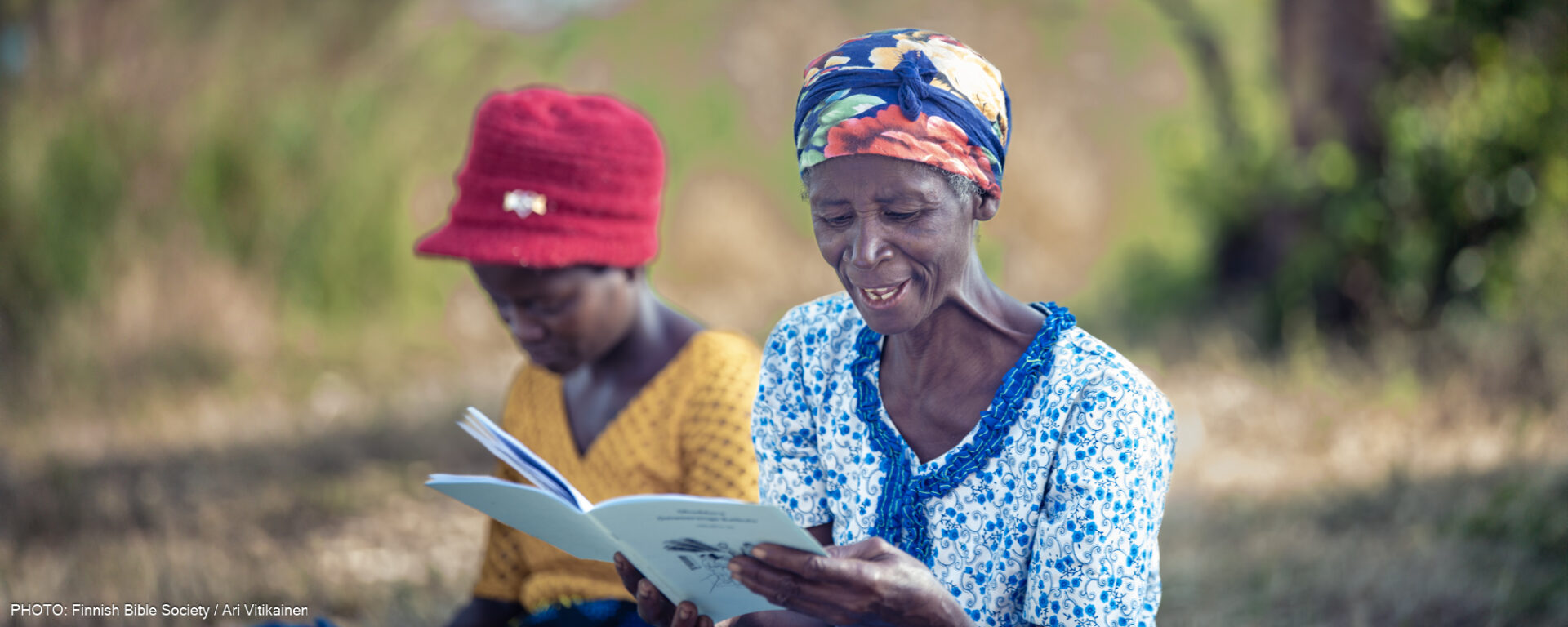
TIPS:
TIP:
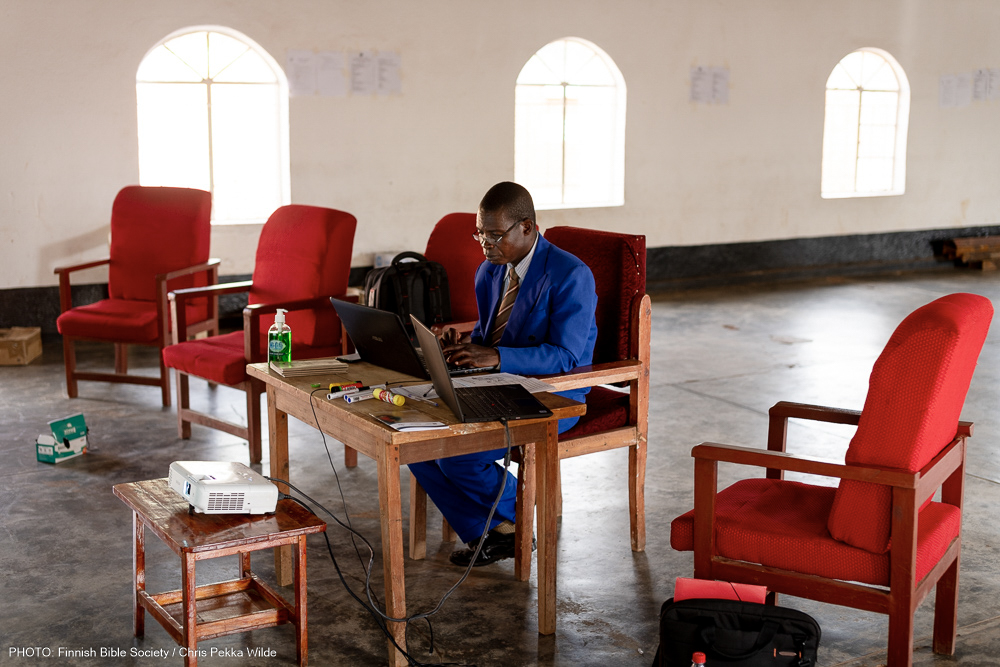
The text is drafted by simplifying the Biblical text of the local language.
TIPS:
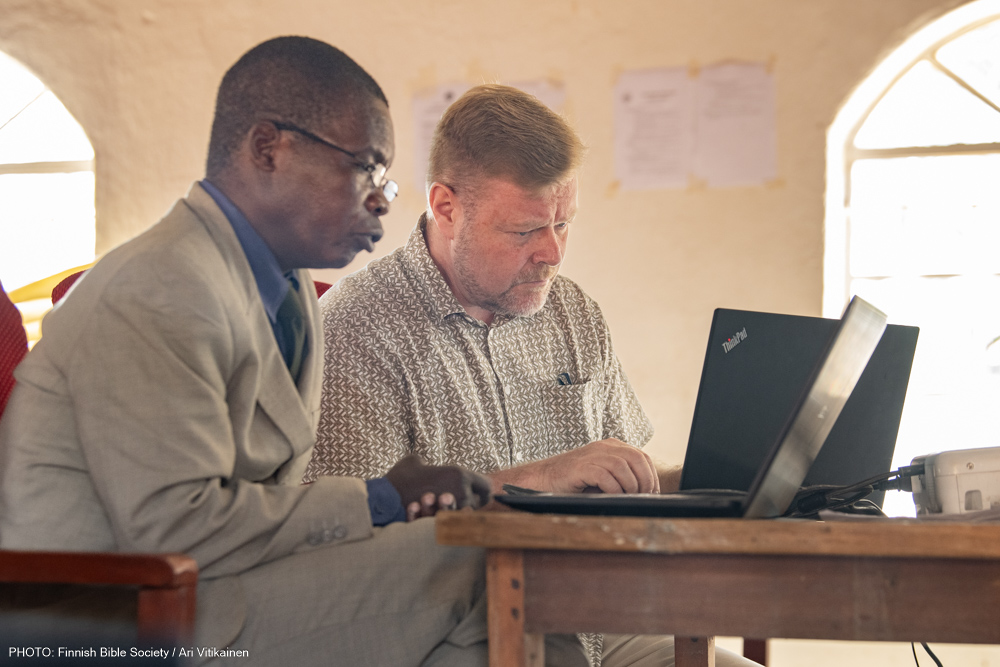
The consultant can also check how well the adapted text and the questions relate to each other.
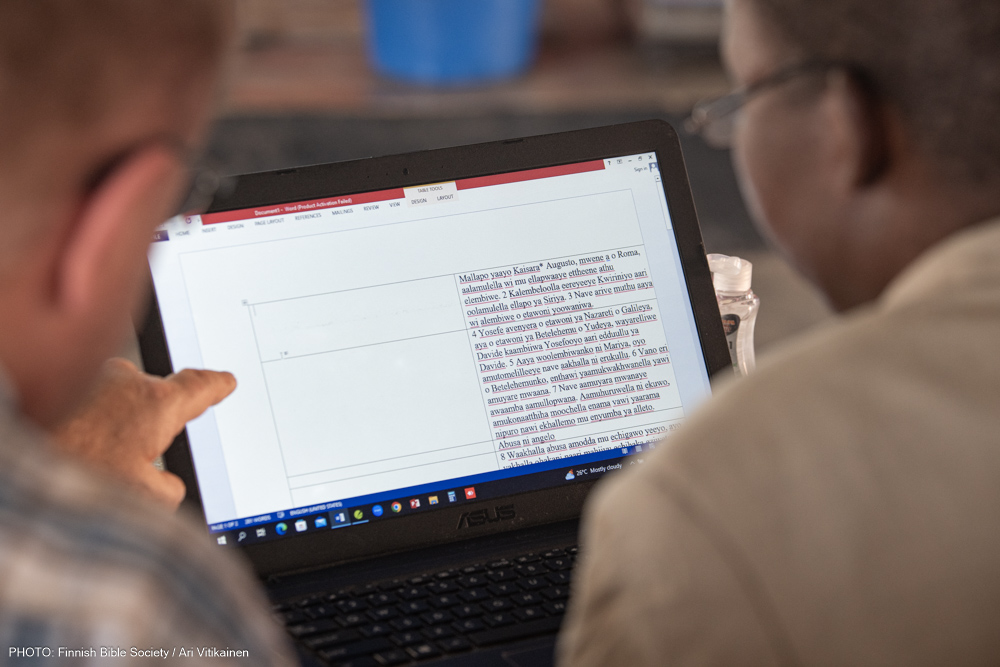
The adapted text should follow the style and exegetical decisions of the published text in that language.
TIPS:
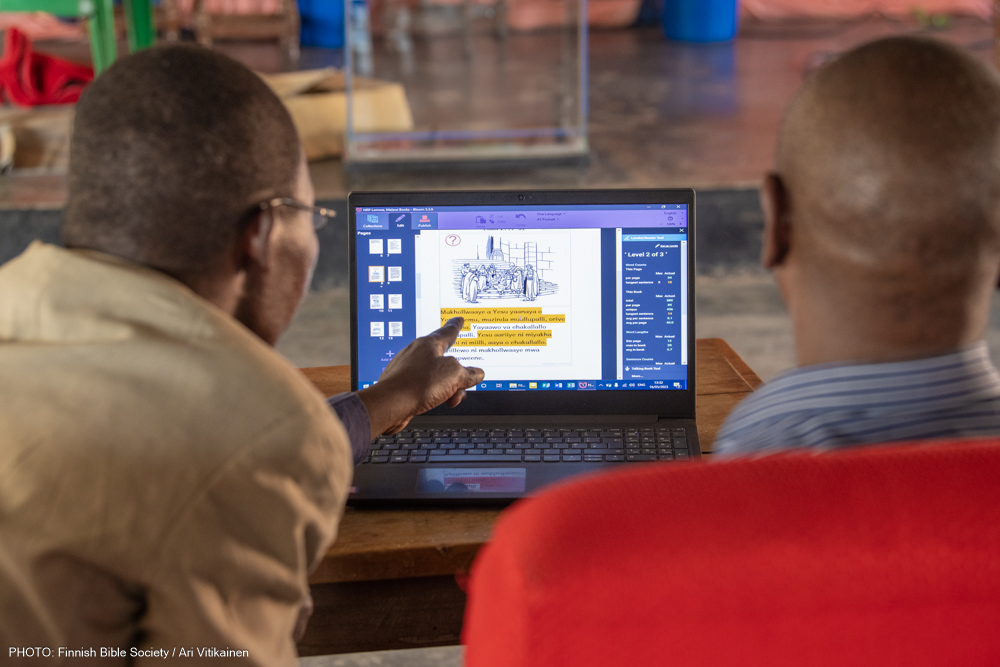
Bloom provides a template for the layout and helps to gauge the difficulty level in each story.
1. The first round focuses on the natural choice of words, the flow of the story, and how the adapted text corresponds to the pictures.
2. The second round checks the accuracy of the spelling, punctuation, and appropriate level of difficulty.
3. The third round checks that the wording of the questions relates clearly to the adapted text.
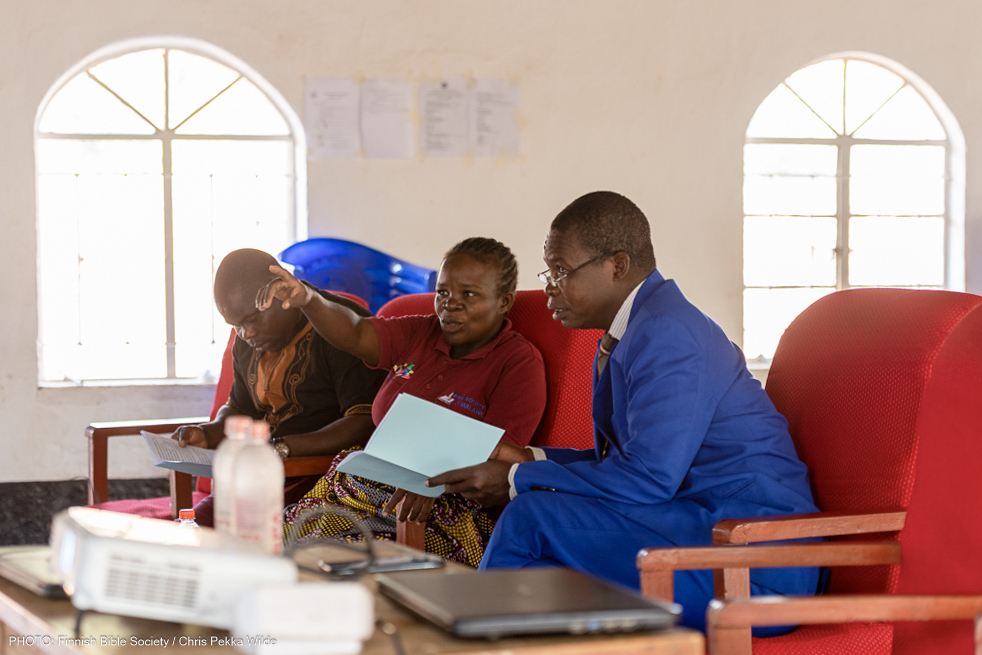
Each story is reviewed in three rounds
TIP:
The team should read through a trial print of the final version before community testing.
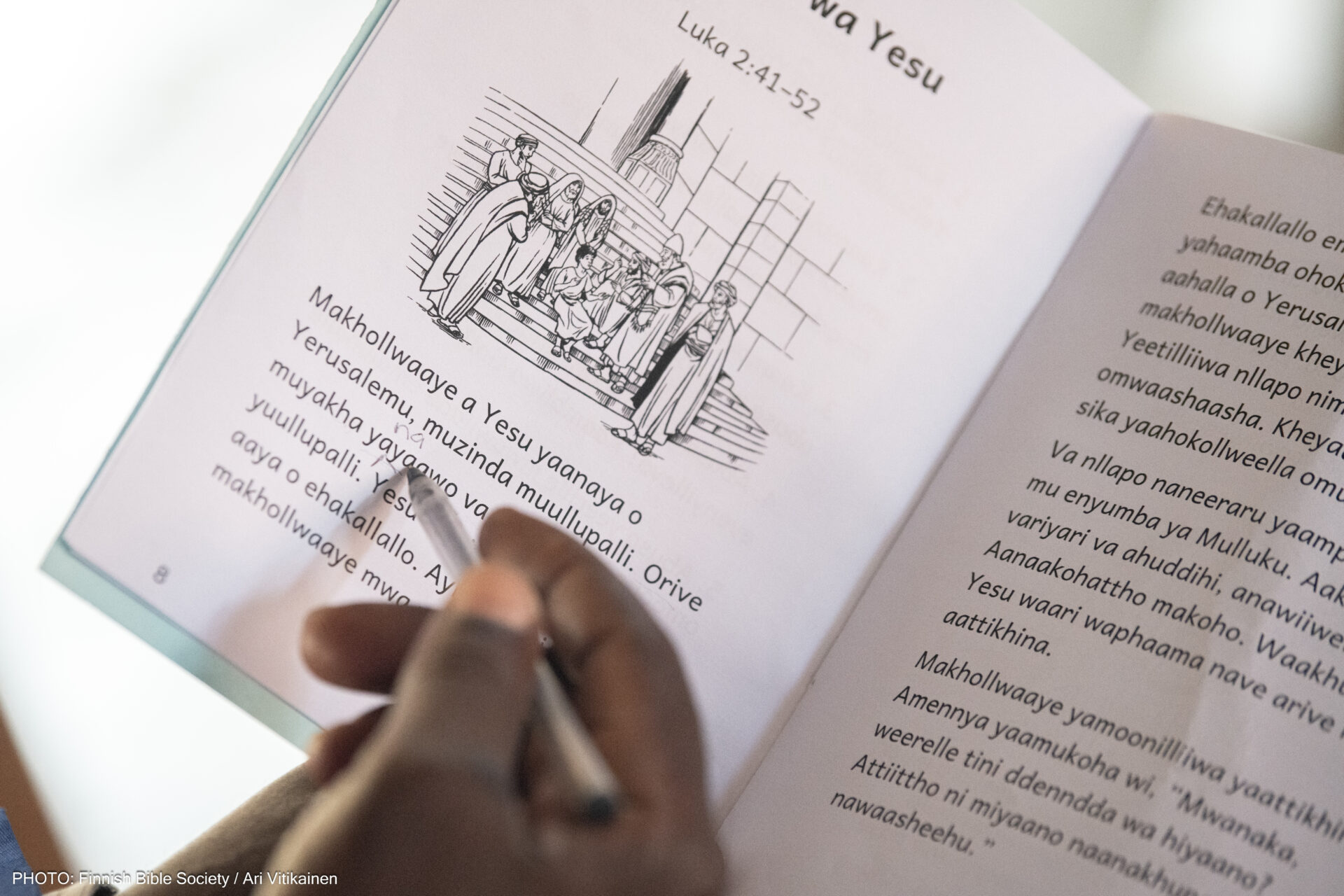
Trial print
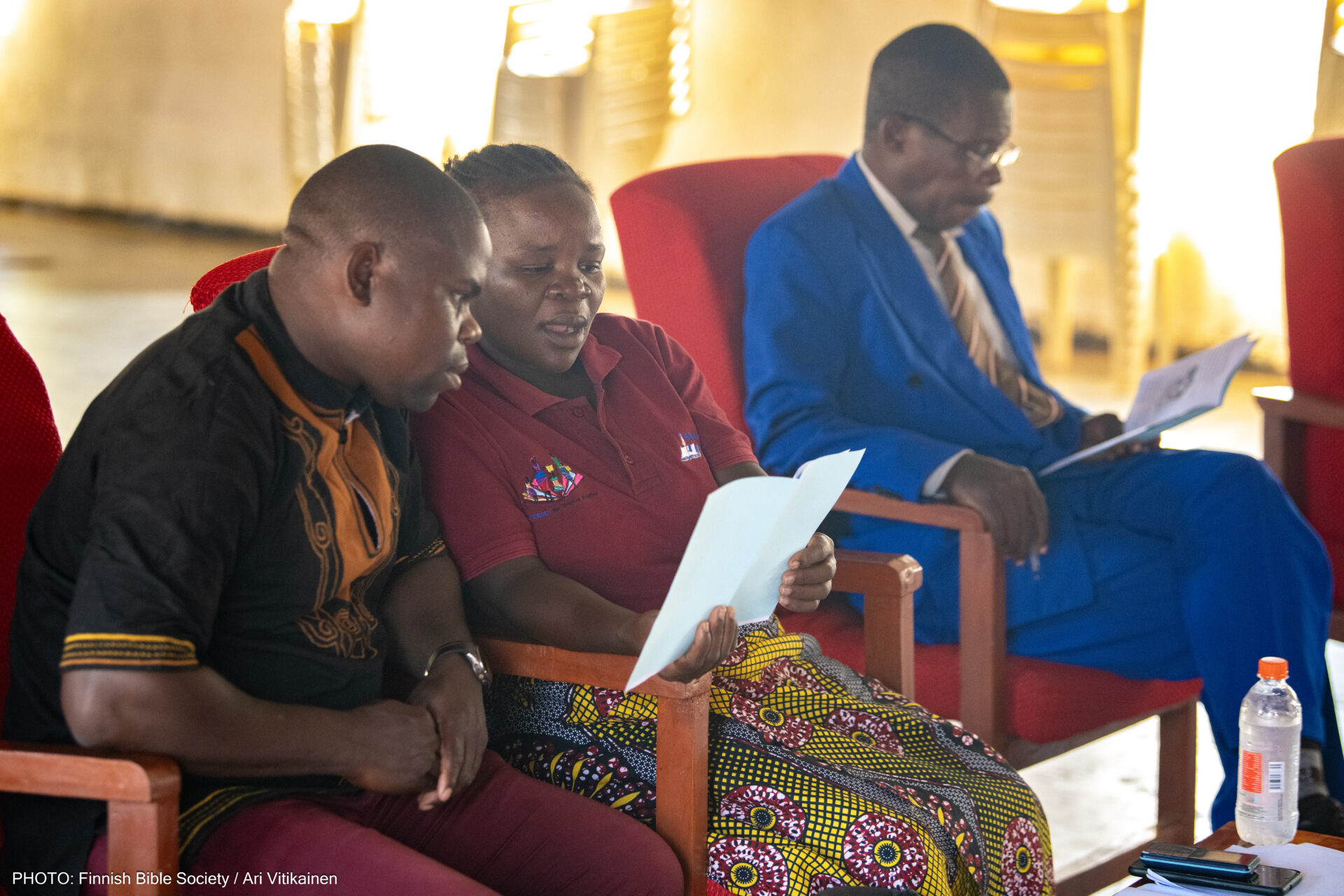
Team is reading through a trial print
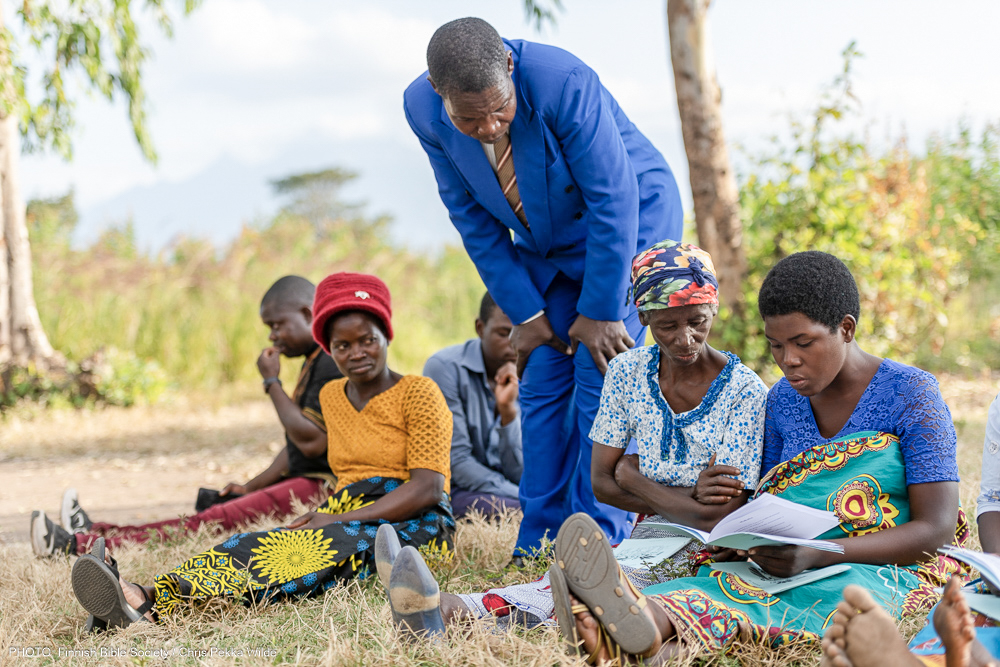
Materials are tested in community.

Learn to read the Bible model text Book 1a The Parables of Jesus

Learn to read the Bible model text Book 1b The Power of Jesus

Learn to read the Bible model text Book 2A The Life of Jesus

Learn to read the Bible model text Book 2B The Spread of the Gospel

Learn to read the Bible model text Book 3a Women of the Bible 1

Learn to read the Bible model text Book 3b Women of the Bible 2